(A highland cow on town streets in the New Forest National Park)
“New” seems to be a relative term in England and in the case of the New Forest, “new” dates back to 1079 when newly arrived William the Conqueror designated the land as a royal forest for his deer hunts. As a non-Brit, 1079 sounded ancient so I expected the New Forest National Park to be a rather unspoiled example of old growth forest. After all, it was a national park that had been in some form of protection for nearly 1,000 years. Yet as I sat in a traffic jam instigated by a meandering herd of mop-headed Highland Cattle and then was stopped across town by a pair of curious donkeys, I was forced to consider what unspoiled might mean in this “new” Forest.
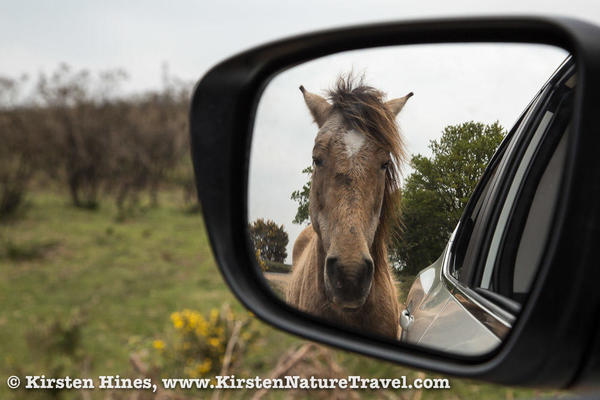
(New Forest pony nuzzling my car in the heathlands)
Trails webbed across vast undulating fields of yellow-flowering-gorse-bush-studded heathland and spiraled through patches of emerald forest. This felt unspoiled, until a herd of branded and apparently not-so-wild horses nuzzled me on the heathland and I realized that the native fallow deer of the emerald forest were kept in and domestic livestock out by fences and road grates. It turned out that even the emerald forest surrounding these deer at the Bolderwood Sanctuary could hardly be considered old growth. Yes, there were trees old enough for King George lll to have seen personally in the early 1800s, but there were also California redwoods and other non-native species introduced from across the globe. Unspoiled?
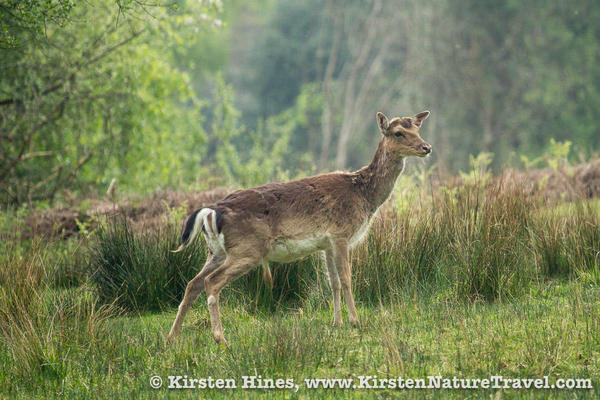
(Fallow deer in the Bolderwood Sanctuary)
It was quickly apparent that New Forest was a lived-in landscape. In addition to restaurants, hotels and tourist attractions, residential homes, manors, villages and entire towns lie within park boundaries. The park hardly looked distinct from surrounding countryside, except perhaps in the herds of horses and other domestic species seen wandering near and far. Where was all the native wildlife I had naively expected to see? Apparently fenced in pens at the sanctuary, at a wildlife park, at the Burley Manor Hotel and at various visitor center exhibits. I was thrilled to see a baby adder poised alongside an adult in one of these displays, but why were all the native animals in cages while domestic species roamed free? It struck me odd that the park authorities proudly advertised hosting thousands of ponies, cattle, donkeys, sheep and pigs. Why were legions of traffic-thwarting grazers a point of pride in a national park?
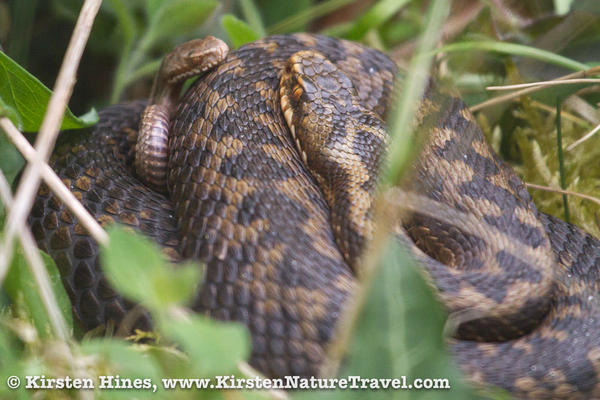
(Baby adder by an adult in a reptile center exhibit)
As it turns out, humans and their livestock are part of an unspoiled New Forest. These grazers and their owners actually formed this landscape. Fossil records indicate that some sort of wild horses roamed the area as far back as 500,000 BC. That particular horse didn’t survive the ice ages, but humans did and they introduced horses that evolved into the semi-wild New Forest ponies that indeed helped shape the modern New Forest landscape. The park’s extensive heathlands, now essential bird nesting habitat, were formed 2-4,000 years ago in part due to grazing after the nutrient drained soils could no longer support forest or agriculture.
Today, over 700 commoners maintain traditional grazing rights within the park, rights that extend back to the original royal forest designation and that continue to be passed from one generation to the next. This man-mediated grazing created the open forest structure and sparsely vegetated heathlands now so integral to the ecosystem. So yes, grazing domestic animals and their owners are a point of pride in this park; not just a point of pride, but such an essential part of the system that ancient grazing rights were grandfathered in when the New Forest transitioned from royal forest to national park in 2005. So maybe I’d been too quick to apply my own definitions of “national park”, “unspoiled” and “new” to the New Forest. After all, what’s not relative about a modern park protecting an ancient, human-moderated landscape?
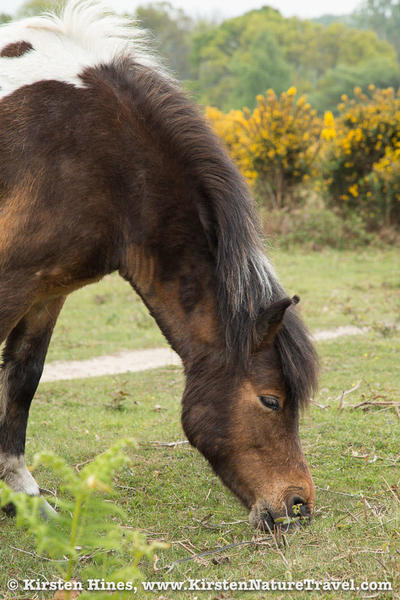
(New Forest pony grazing in the healthland that grazers helped form)

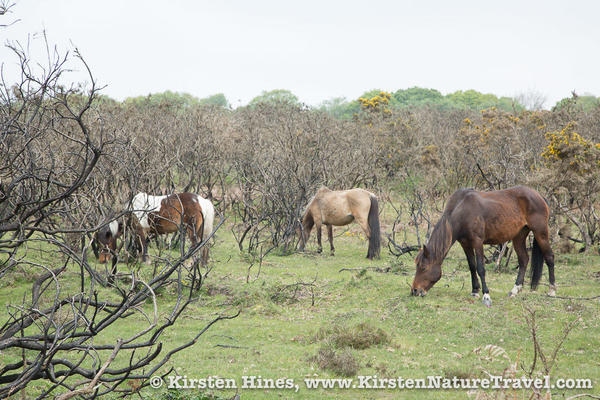
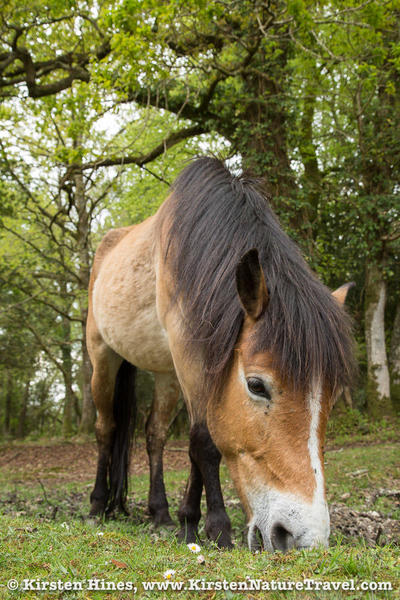





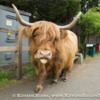

Comments (0)